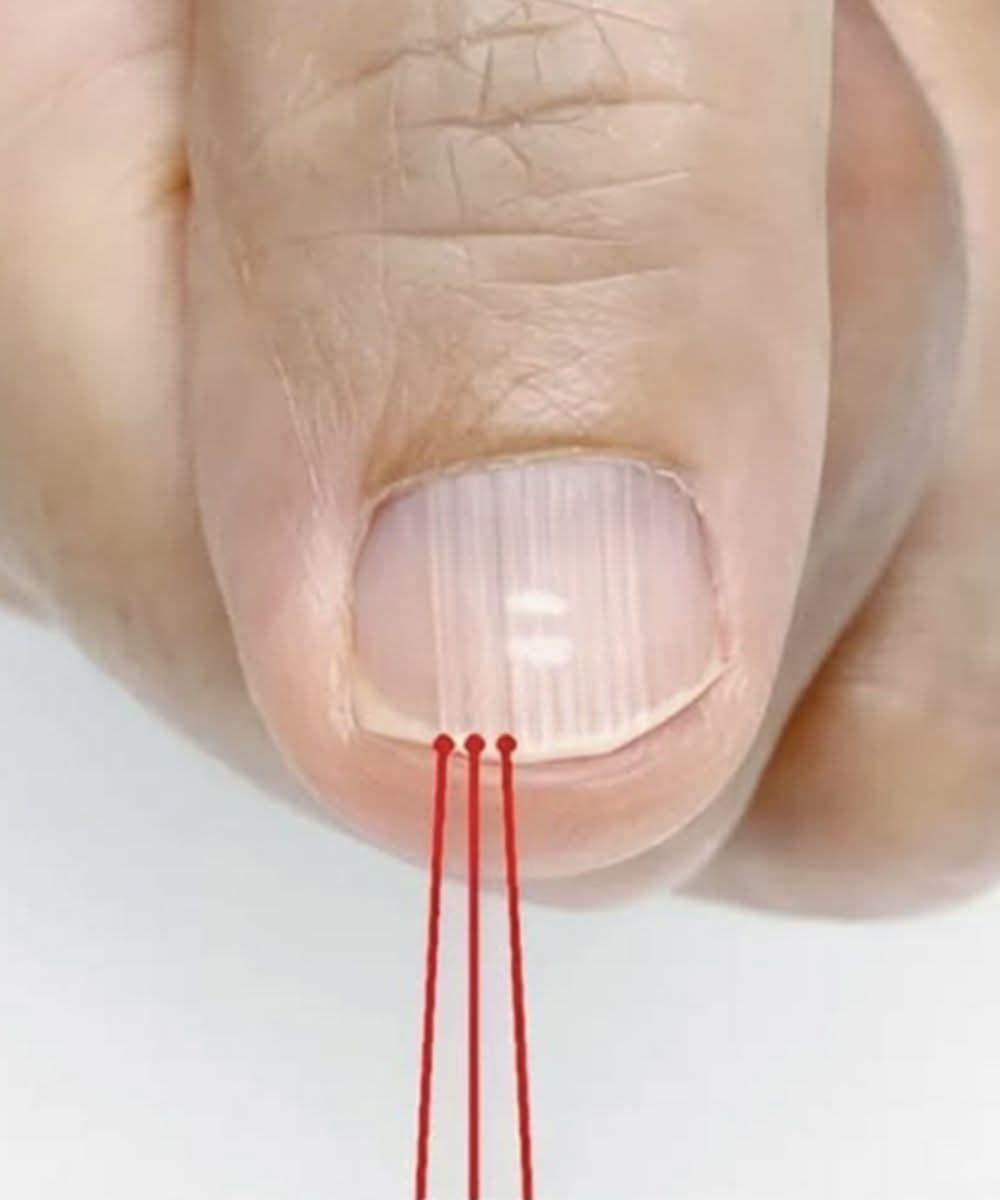Have you noticed thin vertical lines running from the base to the tip of your fingernails as you’ve gotten older? If so, you’re not alone. Many people start to observe these changes after age 40. While these lines are typically harmless, they can sometimes indicate underlying health concerns. So, what causes these vertical ridges, and when should you be concerned?
What Are Vertical Nail Ridges?
Vertical ridges—also known as longitudinal striations—are raised lines that extend from the cuticle to the nail tip. These ridges can vary in both depth and quantity, and they often become more noticeable with age.
For most individuals, these ridges are simply a normal part of aging. Just like skin loses elasticity and hair turns gray, nails also undergo structural changes over time. The production of keratin—the protein that makes up nails—may slow down or become uneven, leading to changes in nail texture.
Common Causes After Age 40
Natural Aging
The primary cause of vertical ridges is aging. As we get older, the body’s ability to regenerate skin cells slows, affecting the nail matrix (the tissue at the base of the nail). This leads to uneven keratin production, which causes ridges to appear.
Nail Dehydration
Aging skin tends to become drier, and nails are no exception. Lack of moisture can make nails brittle and accentuate ridges. Frequent exposure to water, soaps, and cleaning products can worsen this dryness.
Nutritional Deficiencies
Deficiencies in important nutrients such as biotin, iron, zinc, or magnesium can weaken nails and contribute to ridging. Since nutrient absorption often declines with age, deficiencies become more common after 40.
Health Issues
Sometimes, vertical ridges may signal health problems like poor blood circulation, thyroid disorders, or rheumatoid arthritis. If you experience other symptoms like fatigue, brittle hair, or changes in your skin, it’s advisable to consult a healthcare professional.
When to Be Concerned
Although vertical ridges are usually harmless, seek medical advice if you notice any of the following:
Changes in nail color, especially dark lines or streaks
Nail splitting, peeling, or thickening
Pain, swelling, or redness around the nail
These symptoms could indicate fungal infections, injury, or in rare cases, melanoma—a serious type of skin cancer that can develop under the nail.
Caring for Aging Nails
To help minimize ridges and keep your nails healthy, consider these tips:
Moisturize your hands and nails regularly, especially after washing.
Stay well-hydrated, as dry nails are more prone to damage.
Eat a balanced diet rich in vitamins A, C, B-complex, and minerals like zinc and iron.
Use gentle nail care tools and avoid excessive filing or harsh manicures.
Consider biotin supplements, but consult a healthcare provider before starting any new supplement.
